
- •DDOS Attack Tools
- •DDOS - Introduction
- •DDOS Attack Tools
- •DDOS – Attack Sequence
- •Trinoo
- •DDOS Structure
- •Typical Trinoo Installation
- •Typical Trinoo Installation
- •Typical Trinoo Installation
- •Typical Trinoo Installation
- •Trinoo Communication
- •Trinoo Communication
- •Trinoo Password Protection
- •Trinoo Password Protection
- •Some Trinoo Master Commands
- •Some Trinoo Daemon Commands
- •Trinoo Fingerprints
- •Trinoo Defenses
- •Trinoo Defenses
- •Trinoo Summary
- •DDOS - Tribe Flood Network
- •TFN Fingerprints
- •TFN Fingerprints
- •TFN Fingerprints
- •TFN Defenses & Weaknesses
- •TFN Summary
- •DDOS - Stacheldracht
- •Stacheldracht
- •Stacheldracht
- •Stacheldracht
- •Stacheldracht Communication
- •Stacheldracht Commands
- •Stacheldracht Commands
- •Stacheldracht
- •Stacheldracht Fingerprints
- •Stachledracht Operation
- •Stacheldracht Operation
- •Stacheldracht Defenses
- •Stacheldracht Defenses
- •Stacheldracht Defenses
- •DDOS - mstream
- •mstream
- •mstream
- •mstream
- •Mstream Handler Commands
- •Mstream Handler Commands
- •Mstream Agent Commands
- •Mstream Fingerprints
- •Mstream Summary
- •DDOS - Shaft
- •Shaft
- •Shaft
- •Shaft Agent Commands
- •Shaft Agent Commands (Sent)
- •Shaft Detection
- •Shaft Detection
- •Shaft Detection
- •Shaft Detection
- •Shaft Summary
- •DDOS – Tribe Flood Network 2000
- •TFN2K Summary
- •TFN2K Detection
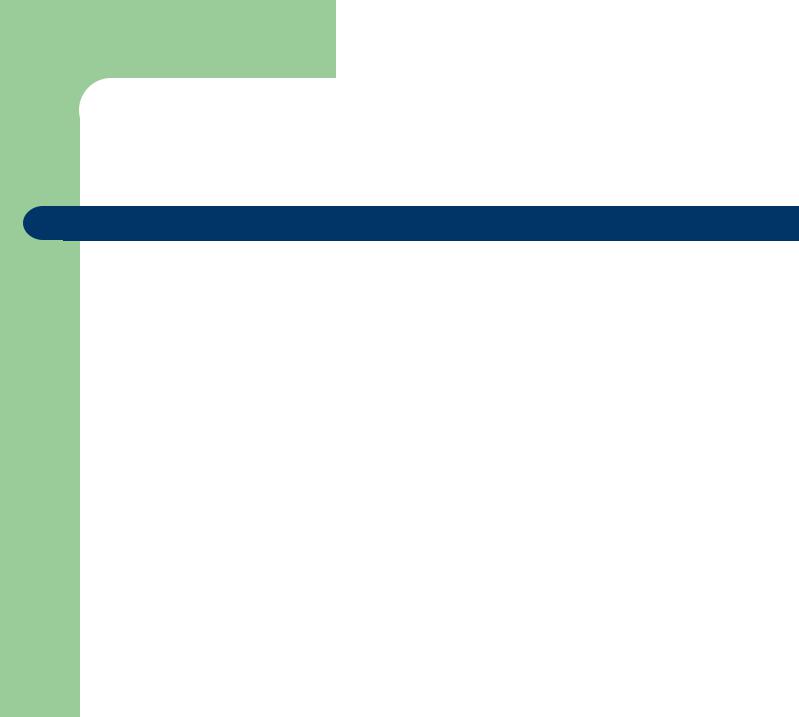
Trinoo Summary
Compromised systems organized in a hierarchical fashion.
Able to quickly start an attack against a target.
Multiple attacks can be launched from a single command line.
Spawned copies as defenses caught up with the original Trinoo.

DDOS - Tribe Flood Network
TFN
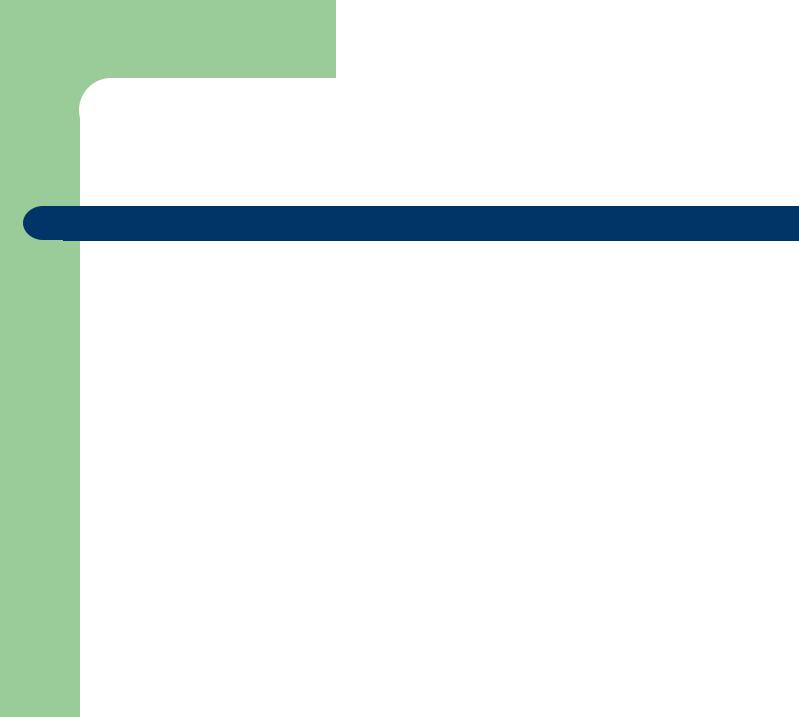
TFN
Could be thought of as “Son of Trinoo”
Improved on some of the weaknesses of trinoo by adding different types of attacks that could be mounted against the victim site.
Structured like trinoo with attackers, clients (masters) and daemons.
Initial system compromise allows the TFN programs to be installed.
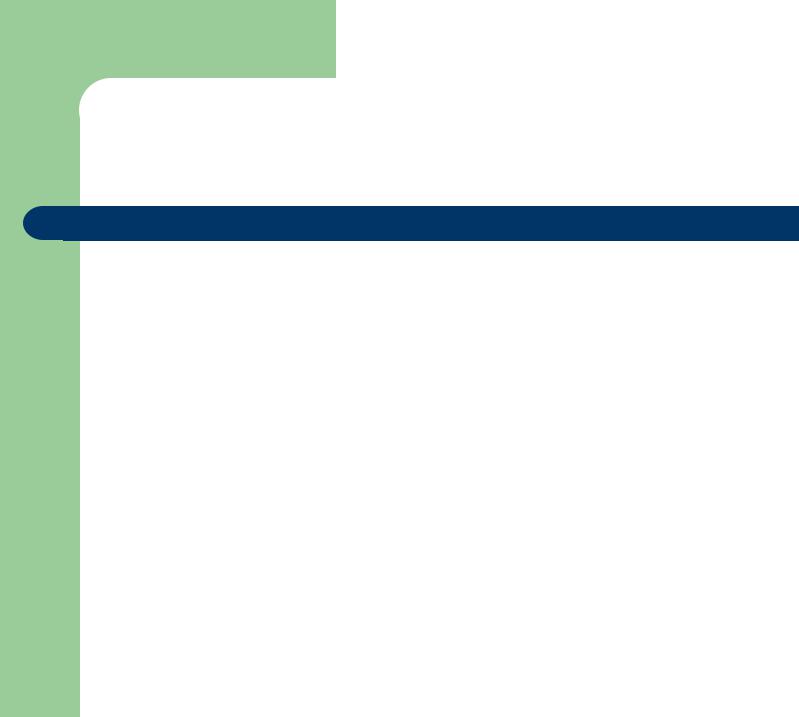
TFN
Communication can be done by UPD based client/server shells, ICMP based client server shells (Loki, etc.) or normal telnet. No password is needed but an iplist of daemons is required.
ICMP_ECHOREPLY packets are used to talk to TFN clients & daemons. No TCP/UDP.
Why? Most IDS don’t look for ICMP.
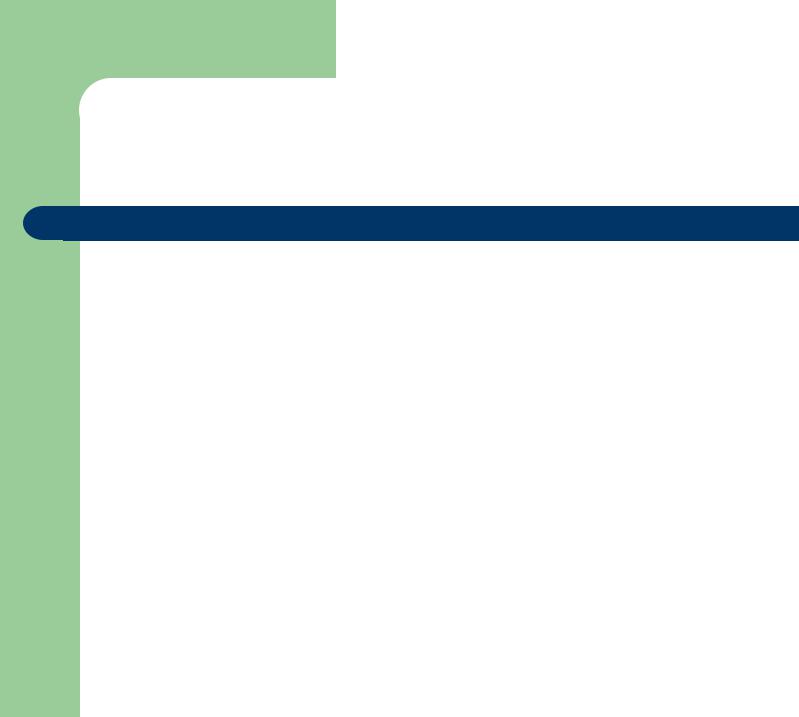
TFN
Syntax: .tfn iplist type ip port
Iplist – contains list of numerical hosts ready to flood
Type - -2 spoofmask type, -2 packet size, 0 stop/status, 1 UDP, 2 SYN, 3 ICMP, 4 bind to a rootshell, 5 smurf 1st ip is target, other - bcast
Ip – target ip(s)
Port – needed for SYN flood, 0 = random
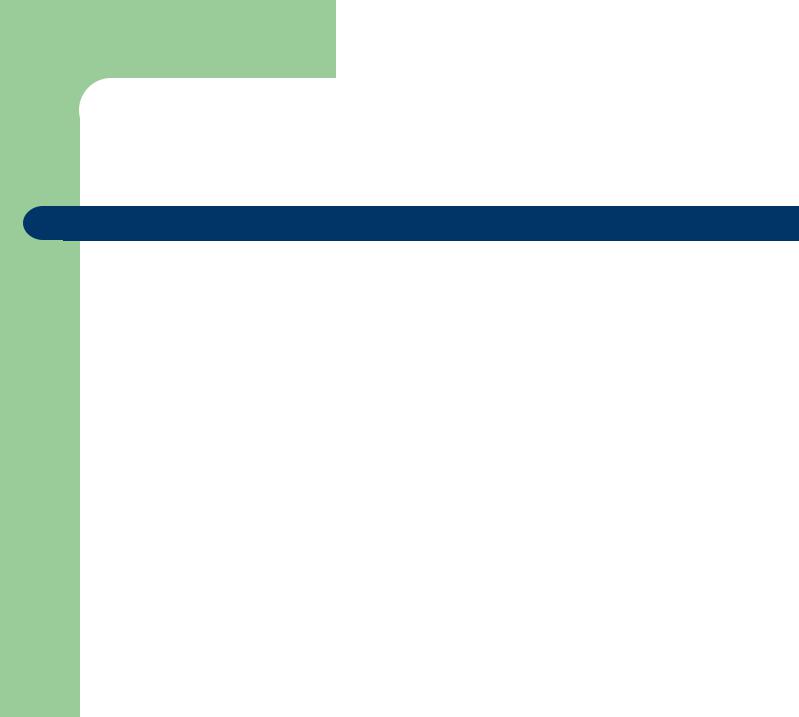
TFN
Commands are a 16 bit number send in the id field of ICMP_ECHOREPLY packet. CLUE: the ISN is 0 which makes it look like a response to a ping.
Can instruct daemons to udp, tcp or icmp flood victims.
